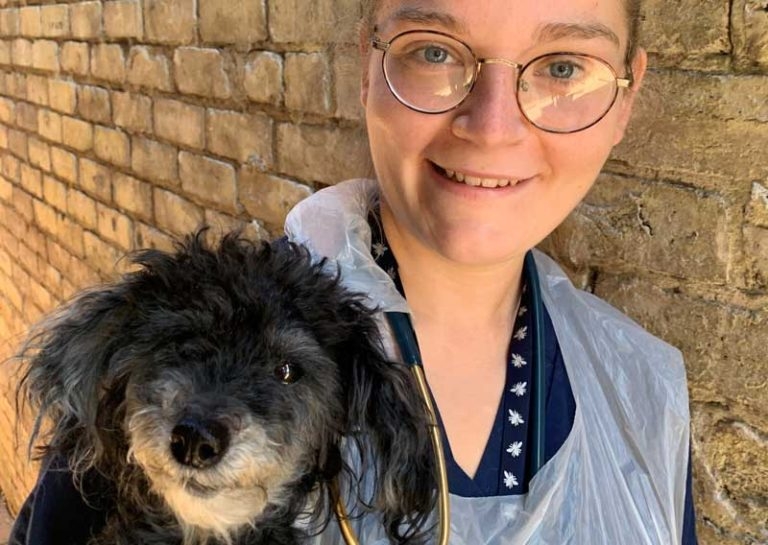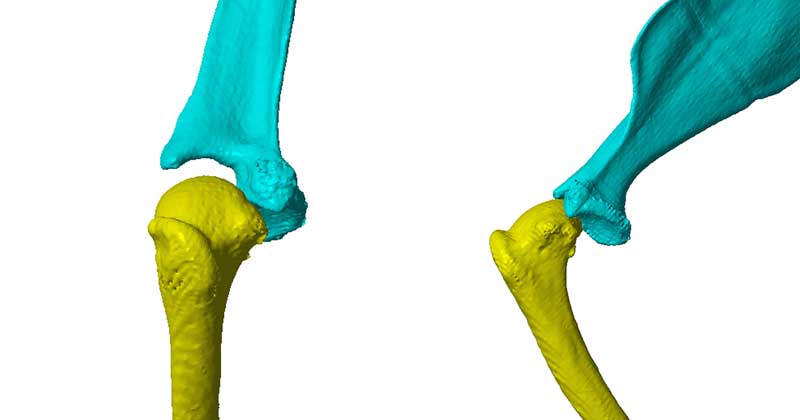12 Dec 2022
Ross Allan, clinical director at Pets’n’Vets’ Roundhouse Veterinary Hospital in Pollokshaws, carried out the delicate operation to stabilise the 11-year-old pet’s right shoulder, which was repeatedly dislocating.

Tiny miniature poodle Sam has undergone life-changing surgery at Linnaeus-owned Pets‘n’Vets in Glasgow.
A vet has been successful in using a 3D guide in an intricate and life-changing surgery in a miniature poodle.
Ross Allan, clinical director at Pets’n’Vets’ Roundhouse Veterinary Hospital in Pollokshaws, carried out a delicate operation to stabilise 11-year-old Sam’s right shoulder, which was repeatedly dislocating.
The dog weighed less than 3kg and presented a challenge because of his size, but Mr Allan worked with a company to create pinpoint 3D surgical guides, which allowed the surgery to run smoothly.

Describing the case, Mr Allan said: “Sam first began suffering from a mild lameness of his right forelimb and then his owners noticed his right shoulder was popping out and popping back in again.
“He is a really tiny dog and the loose shoulder was causing him significant lameness, and was not going to improve with conservative treatment.
“Surgical arthrodesis was felt to be the best choice for Sam as, while his bones were extremely small and the surgery challenging, we recognised it was our best choice to give Sam a good functional outcome – especially in an older and smaller dog.”
Ahead of the surgery, Mr Allan contacted Bill Oxley at Vet3D, who assisted with planning and printing of “Sam-specific” 3D surgical guides and bone models.
Mr Allan said: “The 3D bone models were used before the surgery to pre-contour the two malleable locking plates we used to hold the scapula and humerus in position, after we’d created flat bone surfaces at the time of surgery.
“Being able to pre-contour and plan – not only plate position, but the exact order of screw insertion – meant that Sam’s surgery was much safer, smoother and predictable. The 3D assessment and printing of the bone models pre-surgery meant we could plan every element of the procedure and was integral to such a successful outcome for Sam.”
Sam was soon allowed home, albeit under strict orders to rest for eight weeks. He made a full recovery.